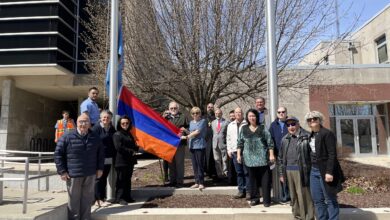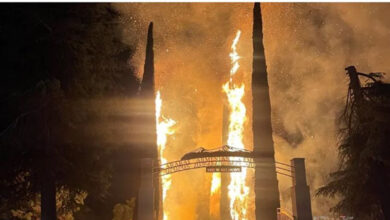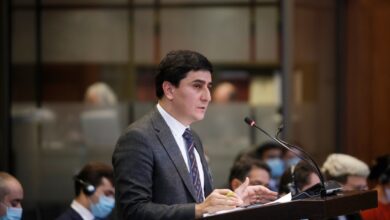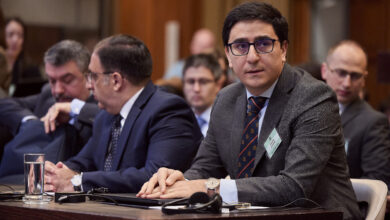Armenians in Iran preserve cultural identity

Christian Armenians have lived in Iran since thousands of years ago and their existence in the nation dates to the pre-Christ times, the Kuwait News Agency reports.
According to historic evidences and relics, their existence in the nation dates back to the B.C fith and sixth centuries. Since then, they have preserved their own social fabric and language in Iran, as well as in other countries of their diaspora.
In an interview with Kuwait News Agency (KUNA), the chief Armenian bishop in Tehran, Sebuh Sarkisian, said the Armenians have been since the old times a very active community in Iran in humanitarian, cultural, literary, commercial and military sectors.
In the 17th century, the Safavid Shah Abbas transferred more than 300,000 Armenians from Armenia to Esfahan, with aim of renovating the city and creating a new social mix-up, he said. Esfahan was the first city to host the Armenians. They built their own town in Esfahan, named Newo Julfa before spreading to other countries such as India and Iraq.
According to official figures, there are some 100,000 Christians, including 80,000 Armenians, in Iran. They practice their religious rites freely. The Iranian Christians have three patriarchates. According to historic sources, the patriarchate in Tibriz is the oldest one in the country, followed by the one in Esfahan. The newest is located in Tehran.
The Tehran patriarchate groups the largest number of Armenian worshippers. It is significantly influential, managing 20 schools, 20 associations in addition to a number of clubs for the community.
The Armenians are represented with two men in the parliament. They publish a number of newspapers and the patriarchate in Tehran oversees up to 11 churches.
Bishop Sarkisian noted that the largest number of Armenians live in Tehran, followed by Esfahan and Aroumiah. He affirmed that the Armenians enjoy freedoms in Iran, unlike other countries, with exception of Lebanon. They practice their rituals without any restrictions, Sarkisian said, adding that the authorities encourage them to hold their religious ceremonies.
The Armenians view Armenia as their mother land. The Armenian schools teach the official curricula, except for the religious curricula, the Armenian language and history.







